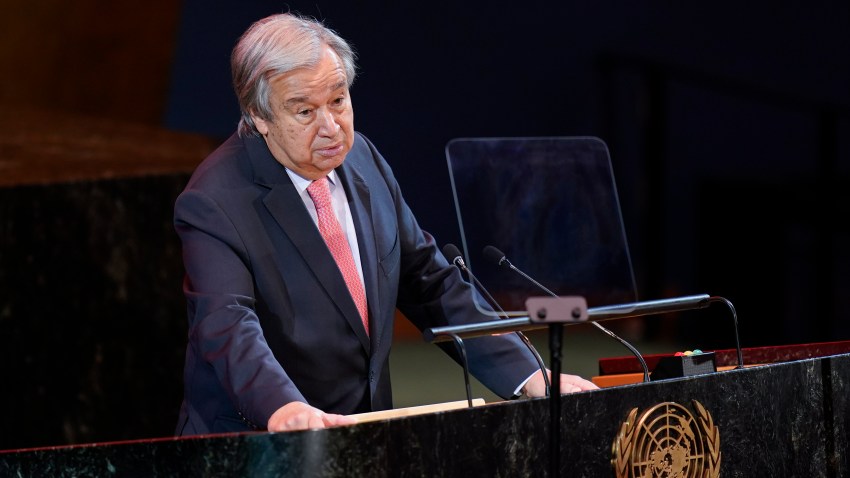This September, leaders from across the world will gather to attend the Sustainable Development Goals Summit to mark the midway point between the launch of the United Nations’ 2030 Sustainable Development Agenda in 2015 and the deadline for its implementation. As such, the summit will be an ideal moment for leaders to review the progress that has been achieved on the 17 Sustainable Development Goals, or SDGs, so far. It will also be an opportunity, as U.N. Deputy Secretary-General Amina Mohamed put it, to “accelerate action to achieve the goals by 2030.”
There’s no doubt that the Sustainable Development Agenda is in need of a boost. The U.N. planned for a “Decade of Action” on the SDGs beginning in 2020, but that initiative has since been derailed by the COVID-19 pandemic, geopolitical conflict and now a global cost-of-living crisis. For example, U.N. data suggests that the pandemic erased four years of progress on SDG 1—to “end poverty in all its forms everywhere”—and caused a setback on almost every target under SDG 4, to “ensure inclusive and equitable quality education.”
However, the summit is also a chance—one of several in coming years—for the U.N. to show it is capable being a force for stability and global leadership.

